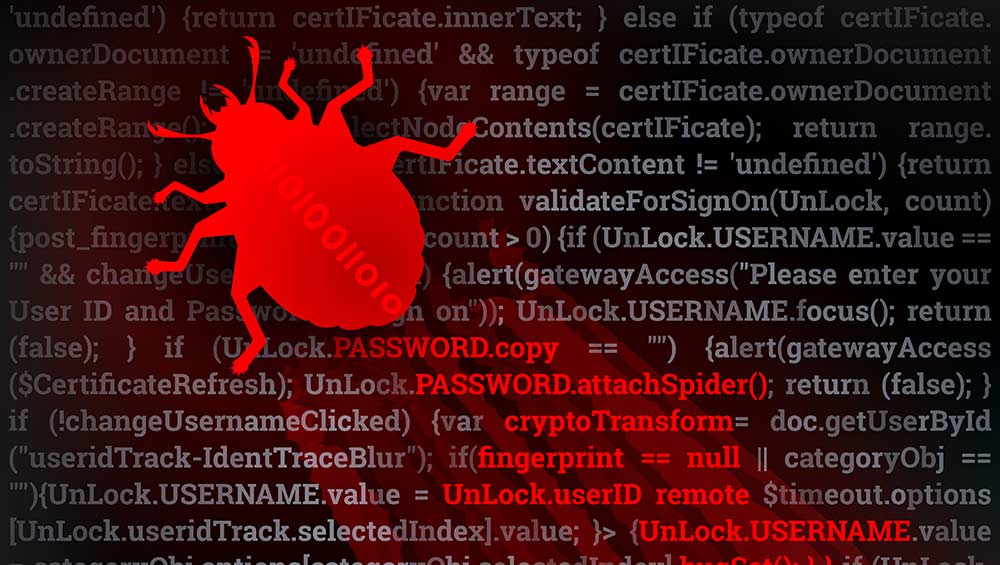Free Trojan kit includes a backdoor that spies on hackers
The flaw allows a single author to wrestle control of infected systems away from hackers

A free remote hacking trojan currently circulating on the dark web has been found to contain a backdoor that allows other criminals to spy on its operators.
Security researchers at Zscaler discovered a remote access Trojan (RAT) family known as Cobian RAT in February, and have since been monitoring its activity. It first caught their eye because the RAT, a type of malware that is normally bought and sold, was being advertised for free on hacking forums.
On the surface it appeared to be a standard Trojan kit, including a keylogger, camera hijacker, voice recorder, install and uninstall functions, and the ability to run bespoke code.
However, upon inspection it was found that the builder kit behind the RAT is injected with a backdoor, an access route that allows its author to retrieve information on its users, and remotely control any systems that criminals have targeted with the Trojan.
Essentially, the original author is relying on other criminals to unknowingly hack into computer systems using exploits, and then once in, use a similar exploit to wrestle control away from the hacker.
"It is ironic to see that the second level operators, who are using this kit to spread malware and steal from the end user, are getting duped themselves by the original author," the Zscaler research team explained.
"The original author is essentially using a crowdsourced model for building a mega Botnet that leverages the second level operators Botnet."
Sign up today and you will receive a free copy of our Future Focus 2025 report - the leading guidance on AI, cybersecurity and other IT challenges as per 700+ senior executives
A demonstration of the RAT kit in action showed an executable payload hidden inside a zip file masquerading as a Microsoft Excel spreadsheet. Once the malware is delivered to an infected system, the RAT silently communicates with a Pastebin address to get the most recent command and control (C&C) server details of the original writer.
What's more, in order to operate undetected by a hacker, the kit will check to see if the second level operator is currently online before communicating with the original author.
The research goes some way to explain the ease at which botnets can be created and controlled under a single command server, and highlight the impossible task of identifying those behind them.
Dale Walker is a contributor specializing in cybersecurity, data protection, and IT regulations. He was the former managing editor at ITPro, as well as its sibling sites CloudPro and ChannelPro. He spent a number of years reporting for ITPro from numerous domestic and international events, including IBM, Red Hat, Google, and has been a regular reporter for Microsoft's various yearly showcases, including Ignite.
-
 CronRat Magecart malware uses 31st February date to remain undetected
CronRat Magecart malware uses 31st February date to remain undetectedNews The malware allows for server-side payment skimming that bypasses browser security
-
 Mekotio trojan continues to spread despite its operators’ arrests
Mekotio trojan continues to spread despite its operators’ arrestsNews Hackers have used it in 100 more attacks since arrests
-
 “Trojan Source” hides flaws in source code from humans
“Trojan Source” hides flaws in source code from humansNews Organizations urged to take action to combat the new threat that could result in SolarWinds-style attacks
-
 What is Emotet?
What is Emotet?In-depth A deep dive into one of the most infamous and prolific strains of malware
-
 Fake AnyDesk Google ads deliver malware
Fake AnyDesk Google ads deliver malwareNews Malware pushed through Google search results
-
 Hackers use open source Microsoft dev platform to deliver trojans
Hackers use open source Microsoft dev platform to deliver trojansNews Microsoft's Build Engine is being used to deploy Remcos password-stealing malware
-
 Android users told to be on high alert after Cerberus banking Trojan leaks to the dark web
Android users told to be on high alert after Cerberus banking Trojan leaks to the dark webNews The source code for the authenticator-breaking malware is available for free on underground forums
-
 Qbot malware surges into the top-ten most common business threats
Qbot malware surges into the top-ten most common business threatsNews An evolved form of the banking Trojan was distributed by number one-ranking Emotet in a campaign that hit 5% of businesses globally

